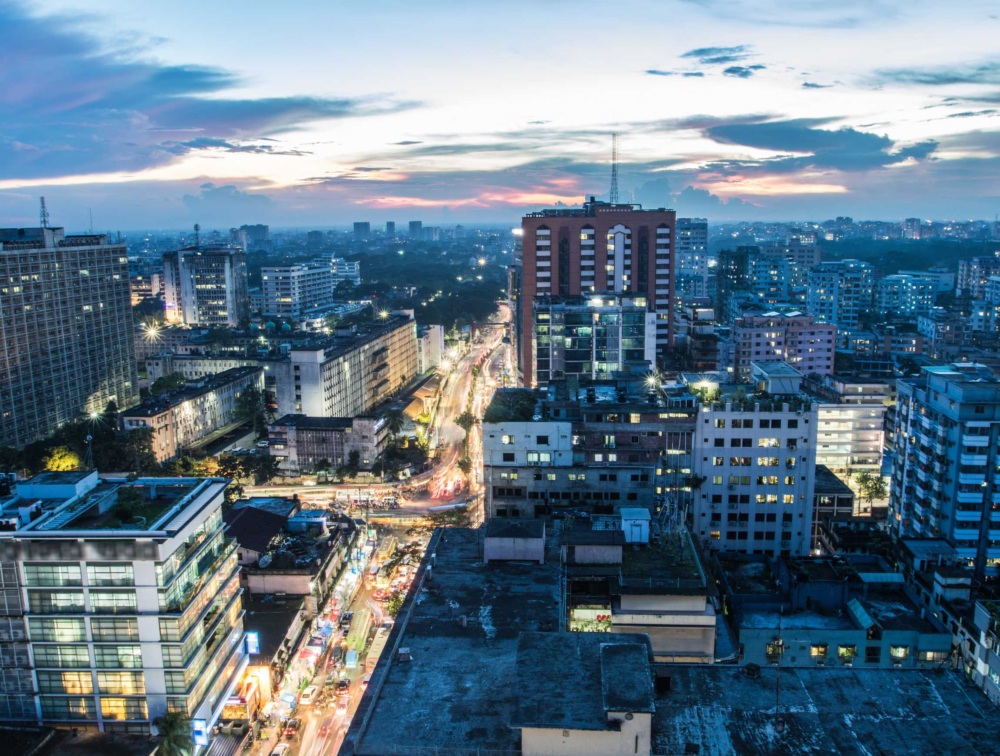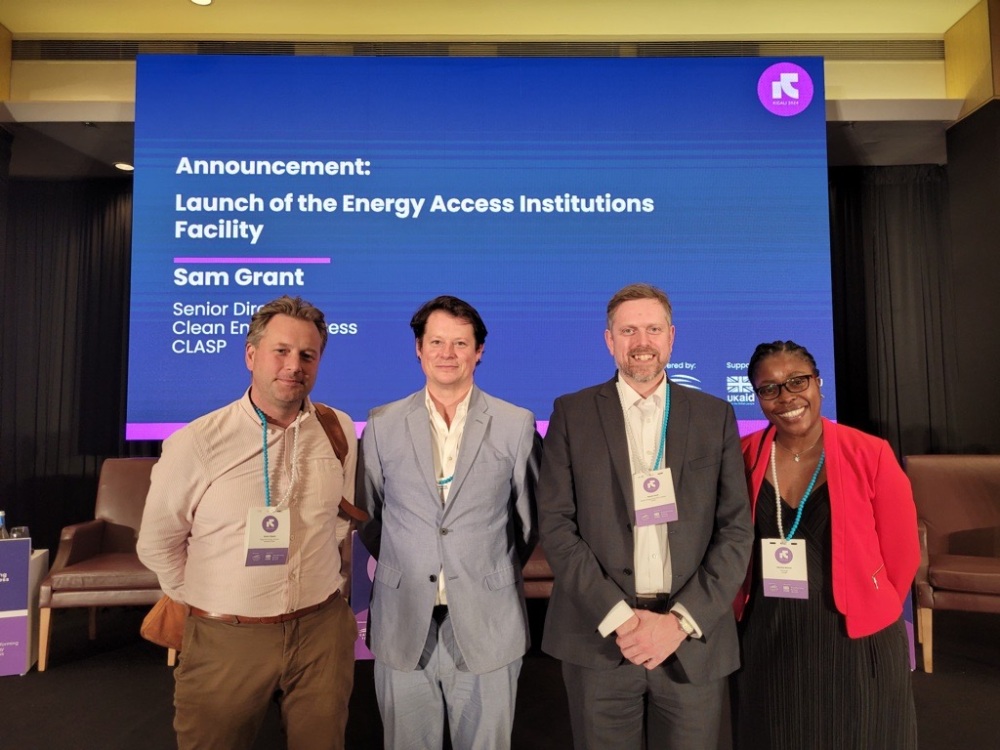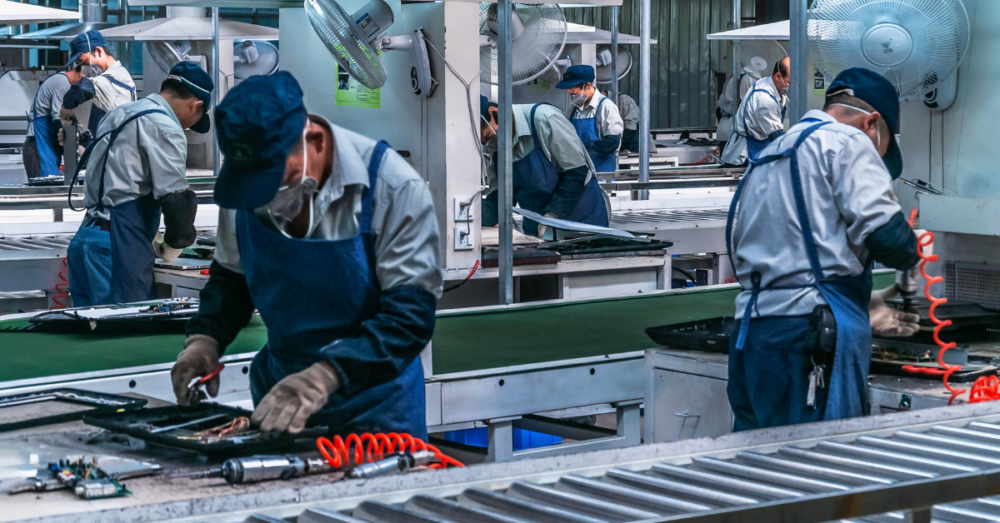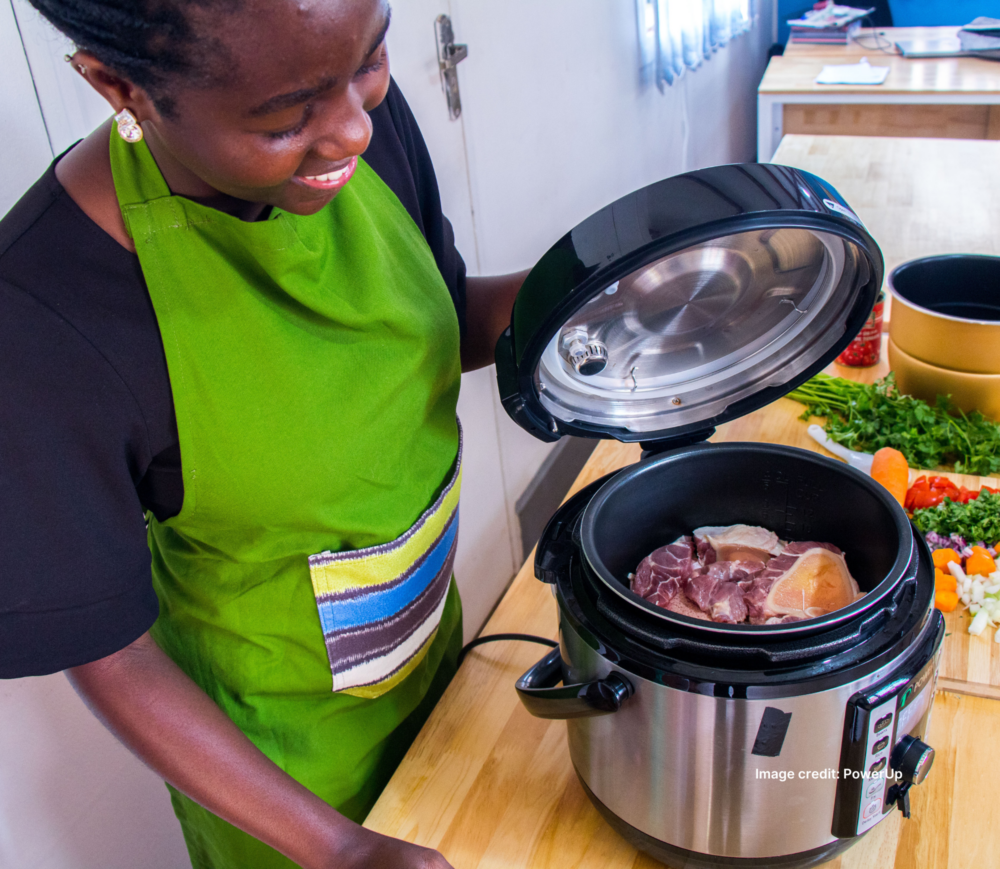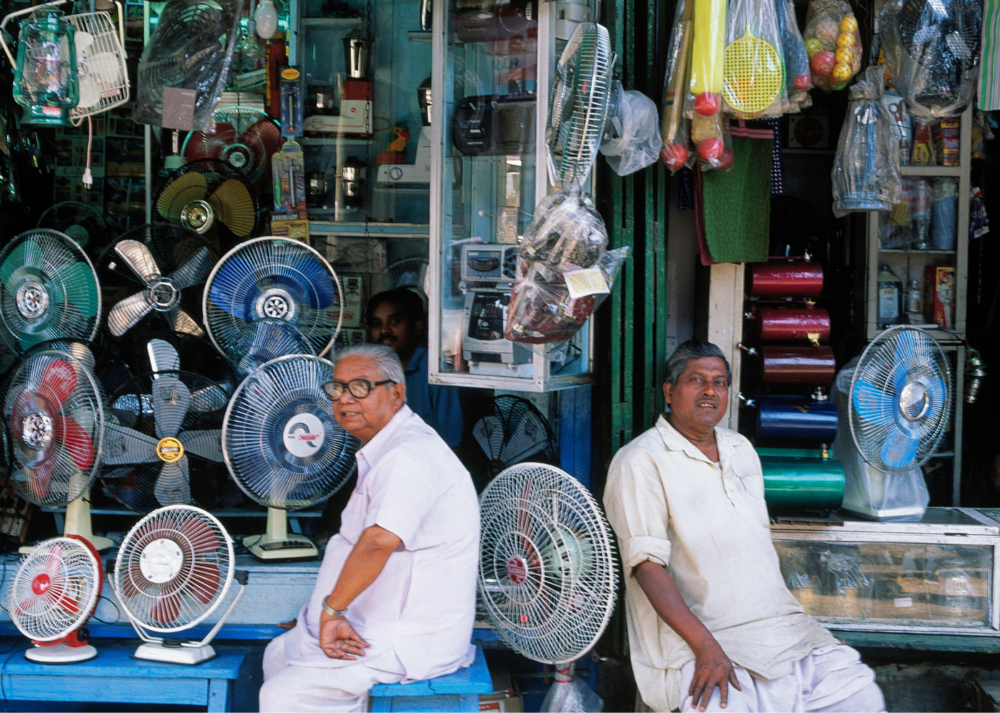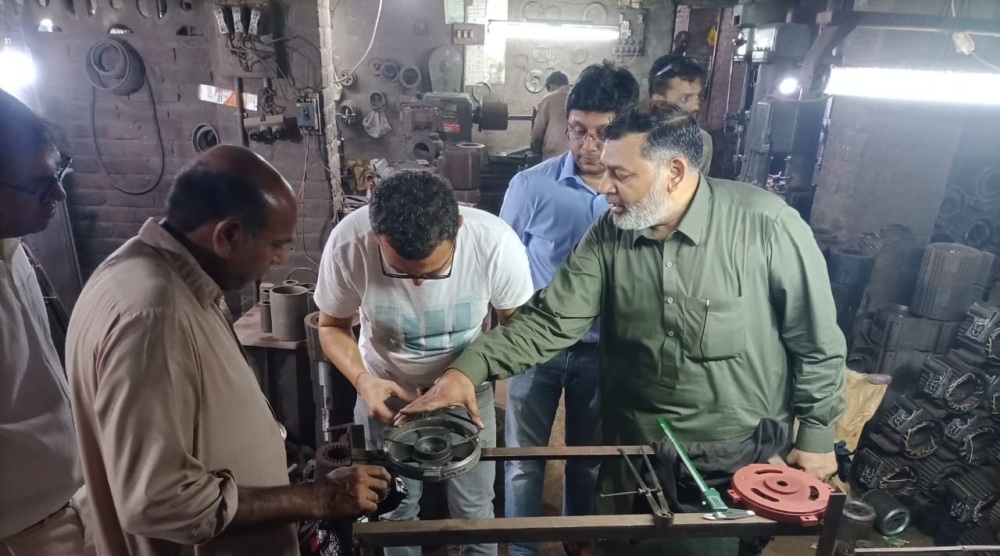Ending Toxic Lighting Together – CLASP Coordinates the Clean Lighting Coalition
CLASP is proud to announce that we are coordinating the Clean Lighting Coalition (CLiC), a global partnership to capture the health and environmental benefits of eliminating mercury-based lighting under the Minamata Convention on Mercury.
The Clean Lighting Coalition (CLiC) is a global partnership to capture the health and environmental benefits of eliminating mercury-based lighting under the Minamata Convention on Mercury.
The Convention
The Minamata Convention aims to ‘Make Mercury History’ by eliminating the use of mercury in products and processes worldwide. Major highlights of the Convention include a ban on new mercury mines and phase-out of existing mines, the phase out and phase down of mercury use in a number of products and processes, control measures on emissions to air and on releases to land and water, and the regulation of the informal sector of artisanal and small-scale gold mining.
Despite this progress, the Convention currently includes special exemptions for fluorescent lighting, citing insufficient cost-effective alternatives across global markets. However, the rapid development and increasing accessibility and affordability of mercury-free LED lighting in recent years makes the exemption unnecessary. Eliminating special exemptions for fluorescent lighting at the next Conference of Parties (COP4) would lead to a global phase-out by 2025 and accelerate a transition to super-efficient LED lighting.
Clean Lighting is a Global Equity Issue
As larger countries regulate their markets, there is a growing risk that lower-income countries will become dumping grounds for toxic, outdated lighting products like fluorescent bulbs. Poor waste management infrastructure for mercury in lightbulbsleads to widespread dispersion into the environment and ecosystems. The majority of fluorescent bulbs are discarded into general waste streams where, due to their fragility, they break, releasing mercury and contaminating landfills, soil and water bodies. Only an estimated 10% of mercury in fluorescents is recovered. No country has adequate disposal or recycling facilities.
Considered by WHO as one of the top ten chemicals of major public health concern, mercury poses a threat to human health, particularly during the development of the child in utero and early in life. Broken or discarded fluorescent bulbs haphazardly release this toxic substance mainly into the air, where it can bioaccumulate up the food chain, posing a risk to human health, wildlife and the environment. Eliminating exceptions for mercury lighting under the Minamata Convention and transitioning to clean LED lighting would protect people from the dangerous risks of mercury.
Mitigating Climate Change
LEDs are the most efficient light source on the market, offering people, businesses and governments long-term cost savings, consuming up to 60% less energy than fluorescents and lasting 2-3 times longer. A phase out of fluorescent light bulbs by 2025 could conservatively reduce CO₂ emissions equivalent to getting all passenger cars (globally) off the road for a whole year.
Lead Up to COP4
CLiC and our partners are celebrating a proposed amendment by representatives from the Africa region to phase out most fluorescent lamps at the next meeting of the Conference of the Parties (COP4) of the Minamata Convention on Mercury. Read the full press release.
In the lead-up to COP4, the Coalition is coordinating experts, governments, advocates and the private sector to support a global transition to clean lighting.
____
Further Reading:
- Quantifying Lighting Benefits under the RoHS Directive: Calculating the Cost of Lost Time
- Mapping the Lighting Market in Tanzania and Zanzibar
- Report Shows Market Readiness to Eliminate Mercury-Based Lighting
- Phasing Out Mercury-Based Lighting Offers Environmental and Consumer Benefits, Report Finds

